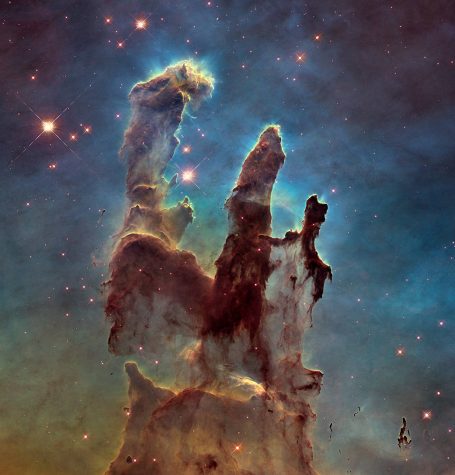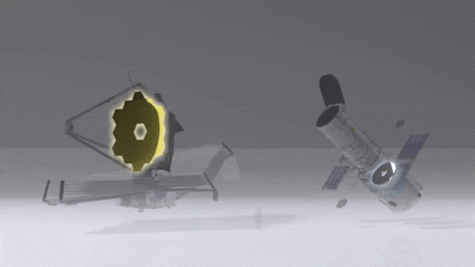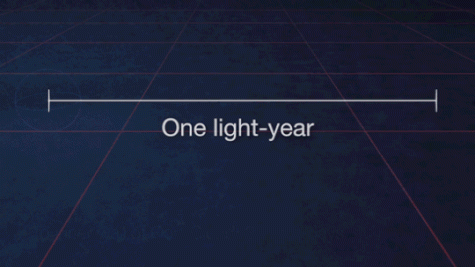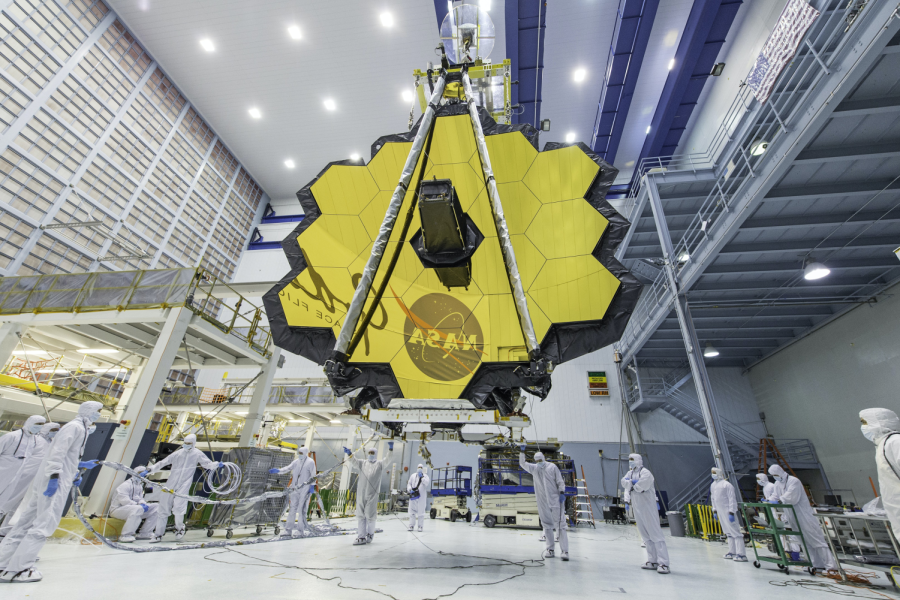NASA’s James Webb Space Telescope prepares for long awaited December Launch.
New improved telescope is ready
Views provided by Nasa's James Webb Space Telescope is about to blow your mind.
Nasa’s new James Webb Space Telescope is a grand sight to nearly everyone. Its mission objectives sound like the plot to the next big Hollywood sci-fi movie…but it’s all reality.
The James Webb Space telescope has two main objectives. The first one is to help us to understand the origins of the universe, a job that sounds daunting, and not something that humankind could have even dreamt of a mere twenty years ago.
The telescope will also focus on searching for life in the galaxy. The James Webb Space Telescope is set to launch from Cape Canaveral, Florida on December 18th 2021. The telescope is set to be propelled nearly one million miles away from the surface of the Earth, offering up some of the galaxies most hidden and elusive secrets.
The James Webb Space Telescope is the follow-up telescope to Hubble Space Telescope, which was launched in 1990, and is now approaching it’s 32nd year in space. The Hubble Space Telescope has provided humankind with a wealth of information over it’s lifetime (such as the iconic picture shown below) but it is unclear how much longer it will be able to function.

But The James Webb Space Telescope’s life has not been without trials and tribulations. The telescope was initially supposed to launch in 2010, with a price tag of around 1 billion dollars. Now, eleven years later, it is still on Earth, and the price has grown to nearly ten billion.
However, the wait should be worth it, as The University of Texas astronomy professor Caitlyn Casey says, “We’re going right up to the edge of the observable universe with Webb.” A task in astronomy that has truly never been done before.
The big question is obviously this: How does the James Webb Space Telescope stack up to the Hubble Space Telescope, and the truth is that the James Webb Telescope blows the Hubble Space Telescope out of the water.
“What we’re going to get is a telescope that’s about 100 times more powerful than Hubble,” says Amber Straughn, an astrophysicist at NASA who works on the James Webb Space Telescope. The Webb also blows the Hubble out of the water in size. If the Hubble Space Telescope was the size a school bus, then the James Webb Telescope is the size of a tennis court.

The James Webb also has more reflection power, an asset crucial to studying planets and stars farther and farther away. When the Hubble Space Telescope sent it’s first images back to Earth, astronomers realized that the telescope was not just a tool, but a time machine.
Since objects in space are so astronomically far apart, objects that are further away appear as they were millions, sometimes billions of years ago, because the light from those objects are just now reaching us here on Earth, or through the eyes of a telescope.

The James Webb Space Telescope will be able to objects that are even further away, meaning it will see objects that are even older and will help scientists and astronomers better understand the very beginnings of our universe.
